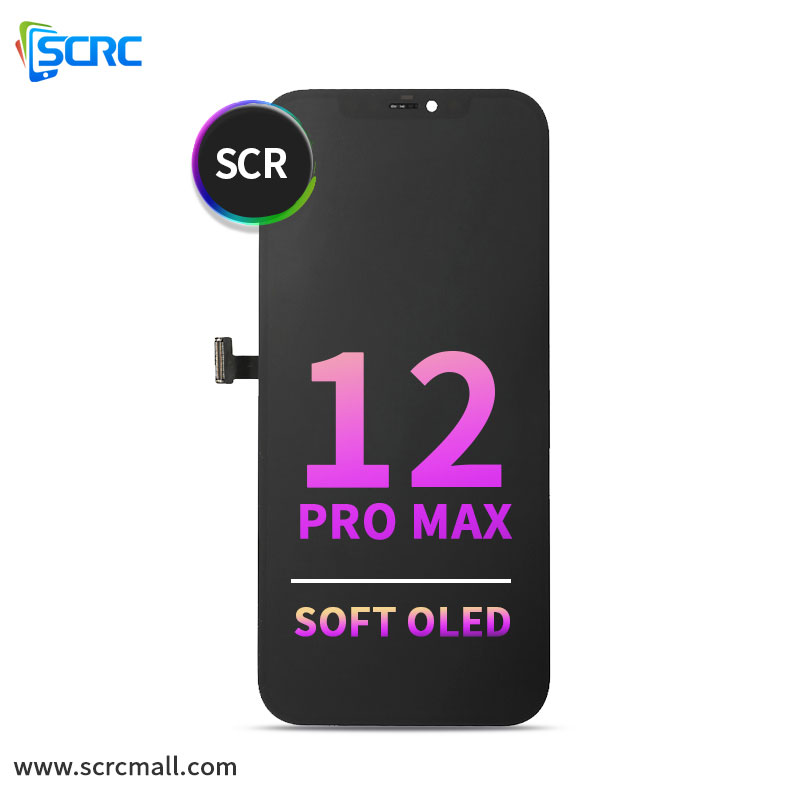- Español
- Português
- русский
- Français
- 日本語
- Deutsch
- tiếng Việt
- Italiano
- Nederlands
- ภาษาไทย
- Polski
- 한국어
- Svenska
- magyar
- Malay
- বাংলা ভাষার
- Dansk
- Suomi
- हिन्दी
- Pilipino
- Türkçe
- Gaeilge
- العربية
- Indonesia
- Norsk
- تمل
- český
- ελληνικά
- український
- Javanese
- فارسی
- தமிழ்
- తెలుగు
- नेपाली
- Burmese
- български
- ລາວ
- Latine
- Қазақша
- Euskal
- Azərbaycan
- Slovenský jazyk
- Македонски
- Lietuvos
- Eesti Keel
- Română
- Slovenski
- मराठी
- Srpski језик
What is the difference between an OLED flexible screen and a rigid screen?
2022-04-02
The materials constituting OLED are mainly organic substances, which can be divided according to the types of organic substances, one is small molecule and the other is macromolecule. The main difference between the two devices is the fabrication process. The small molecule device mainly adopts the vacuum thermal evaporation process, and the polymer device adopts the spin coating or spray printing process. OLED uses a plastic substrate instead of a common glass substrate. It uses thin-film packaging technology and sticks a protective film on the back of the panel to make the panel bendable and not easy to break.
The application of flexible OLED screens on mobile phones can create a variety of screen forms and break the inherent technology of screens. The rise of curved screens and folding screens relies on the characteristics of flexible OLED screens.
Compared with the traditional rigid screen, the flexible screen has good flexibility, light and thin volume, low power consumption, and resistance to rubbing. With the comprehensive upgrade of electronic products such as mobile phones, tablets, and notebook computers from quality to appearance, the demand for screens and performance continues to expand, making flexible OLED screens widely used in 3C consumer electronic products.
The flexible OLED screen can be self-illuminated, and excellent image quality can be achieved through self-illumination, with natural color rendering and no blue light hazards; the screen can be flexibly used, bendable and foldable; flexible, thin, non-heating, and comfortable to handle, meeting the development needs of mobile phones .
In terms of material selection, ordinary OLED screens are made of glass substrates, and flexible OLED screens are made of plastic substrates with bendable properties. In order to ensure the reliability of the flexible substrate, in the packaging, the flexible OLED screen is packaged with a polymer cover plate and special film bonding, which can keep the bending ability and folding characteristics of the screen, and has high reliability.
The application of flexible OLED screens on mobile phones can create a variety of screen forms and break the inherent technology of screens. The rise of curved screens and folding screens relies on the characteristics of flexible OLED screens.
Compared with the traditional rigid screen, the flexible screen has good flexibility, light and thin volume, low power consumption, and resistance to rubbing. With the comprehensive upgrade of electronic products such as mobile phones, tablets, and notebook computers from quality to appearance, the demand for screens and performance continues to expand, making flexible OLED screens widely used in 3C consumer electronic products.
The flexible OLED screen can be self-illuminated, and excellent image quality can be achieved through self-illumination, with natural color rendering and no blue light hazards; the screen can be flexibly used, bendable and foldable; flexible, thin, non-heating, and comfortable to handle, meeting the development needs of mobile phones .
In terms of material selection, ordinary OLED screens are made of glass substrates, and flexible OLED screens are made of plastic substrates with bendable properties. In order to ensure the reliability of the flexible substrate, in the packaging, the flexible OLED screen is packaged with a polymer cover plate and special film bonding, which can keep the bending ability and folding characteristics of the screen, and has high reliability.
Compared with ordinary OLED screens, the flexible OLED screen manufactured by special process is lighter, thinner and more durable, and its weight is only one-tenth of the ordinary OLED screen, which greatly reduces the thickness of the mobile phone. The application of flexible substrate makes the screen strong impact resistance during use, not easy to be damaged, and has unique bending and folding characteristics.



